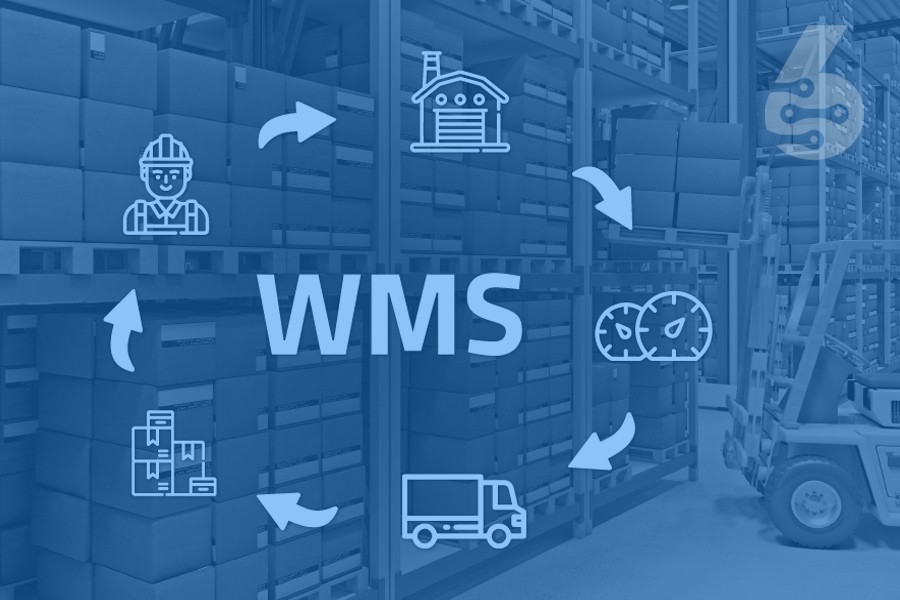The Last In, First Out (LIFO) method is used to value inventory. Under this method, it is assumed that the most recent inventory items are the ones that are sold or used first. This approach is used because it more accurately reflects the current cost of goods sold or consumed.
The LIFO method can be applied to both physical and monetary inventory. For example, if a company has 100 widgets in stock and sells 50, the remaining 50 widgets are valued at the most recent purchase price. Similarly, if a company has $100 in cash and spends $50, the remaining $50 is valued at the most recent acquisition price.
The LIFO method is often used for tax purposes because it results in a lower taxable income. This is because the most recent inventory items are typically priced lower than older items. As a result, the LIFO method generally results in a higher inventory turnover and a lower net income.
There are some drawbacks to using the LIFO method. First, it can create inaccuracies if prices are volatile. Second, it can result in lower profits because newer, less expensive inventory is used first. Finally, it can be challenging to implement if a company has multiple warehouses or locations.
Despite these drawbacks, the LIFO method is still widely used because it offers several advantages over other inventory valuation methods. These advantages include simplicity, flexibility, and accuracy.

Related Blog Articles

Understanding Warehouse Management Solutions
A warehouse management system (WMS) is a software application that supports the day-to-day operations in a warehouse. A WMS helps to control and direct the movement of materials within a warehouse and plays an essential role in optimizing the efficiency of these operations. There are many things to consider when implementing a WMS, from the size and layout of your warehouse to the type of products you're storing. This blog...
Guide to PEPPOL e-Invoicing
PEPPOL is more than an e-invoicing standard: it is a way to streamline global trade. Its adoption enables companies, large and small, to navigate the complexities of international transactions with ease and efficiency.It offers multiple benefits, such as the automation of e-invoicing, which minimizes errors and increases productivity. Especially for large companies with significant transaction volumes, this can translate into significant cost and time savings.PEPPOL's universality also simplifies cross-border trade,...
Warehouse management systems (WMS) explained – Managing modern businesses.
Warehouse operations are at the heart of many businesses, enabling the smooth and efficient flow of goods to customers. However, managing inventory, orders, shipping, and personnel in one or more warehouses is an enormously complex undertaking. Errors and inefficiencies in warehouse management can lead to product shortages, delayed shipments, and deteriorating customer service. At this point, a robust warehouse management system (WMS) is essential. A WMS is software that helps control...Related SIX ERP Solutions:
Want to see SIX for yourself?
Need help, have questions or want to get a free demo?
Please read our Privacy Policy on how we process personal data. We will never share your data!



